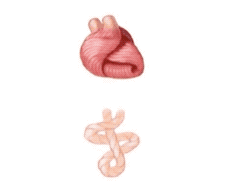
Heart-shaped objects or gestures are often used by people to express love. The concept of “love is actually the heart” seems to have been deeply embedded in people’s cognition.
If you ask what the shape of the heart is, most people will answer, the heart is heart-shaped. But scientists believe that the true shape of the heart is a spiral Mobius ring.
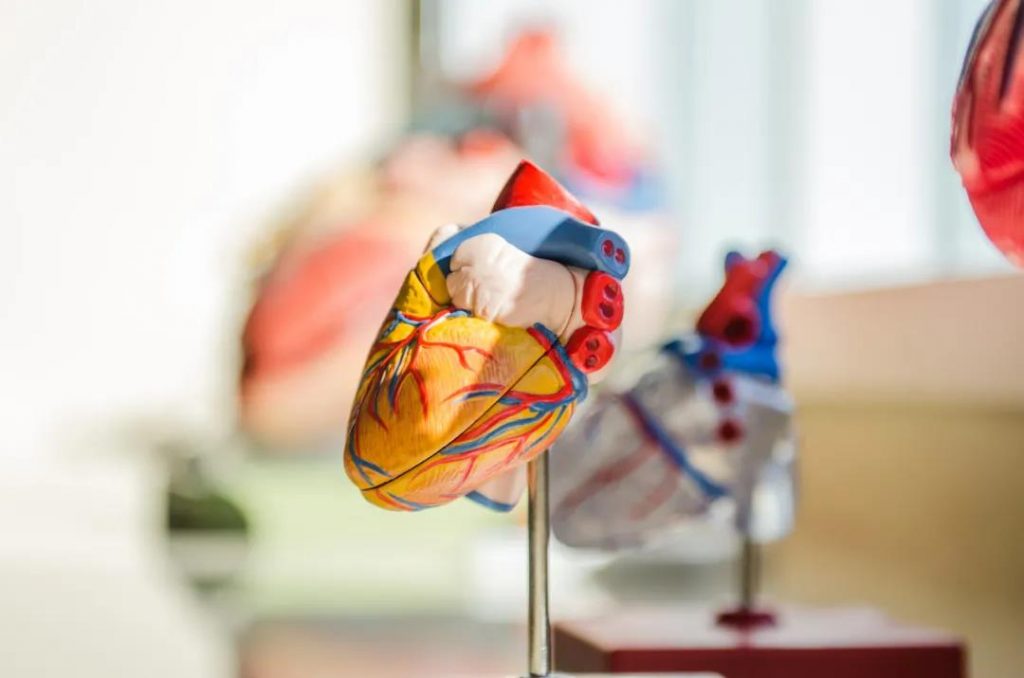
The heart is actually not “heart-shaped”
As early as the 16th century, someone discovered the conical shape of the heart as a whole, which is what we think of as a heart shape.
In the 17th century, British doctor William Harvey discovered the circulatory system, connecting the heart and lungs to the closed loop of the entire circulatory system. He believed that the human heart is a homogenous muscle with 4 chambers. , Blood is expelled when the myocardium contracts, and full of blood when relaxed. This has also become the mainstream human understanding of the heart for 300 years.
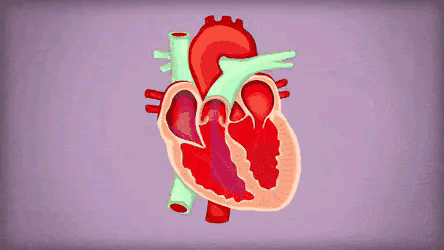
About 50 years ago, a Spanish doctor named Francisco Torrent-Guasp made a new breakthrough. In the 1950s, he was a fourth-year student in the Faculty of Medicine at the University of Salamanca in Spain. Since then, he has been dissecting the hearts of various animals.
After 25 years of research, he found that the whole heart is like a wide face, a rubber band made of muscles; more interestingly, this muscle strip is organized into a heart in a spiral shape. Later this fleshy belt was called the myocardial belt.

This muscle band is twisted into the heart in a helix. In other words, the heart is a Mobius ring, a spiral twisted into a figure of eight. The myocardial belt forms the heart (C) in the form of a Mobius ring twisted 3 times (3X in row A).

In fact, this spiral structure is all over the hearts of mammals and birds, and the spiral itself is very common in nature. Shells, pine cones, sunflowers, etc. all contain spirals.
Don’t ignore the 5 “sad” details
Knowing the shape of the heart helps us understand the magical structure of our body, but it is far from enough.
The heart is 24 hours a day. It looks strong, but it is actually very fragile. Most people pay attention to heart disease, often focusing on obesity, high blood pressure and other culprits leading to heart disease. In fact, there are many “sad” details in life that are easily overlooked.
The temperature is too high/too low
- High temperature accelerates the body’s metabolism, reduces the amount of oxygen carried in the blood, and increases the load on the heart; excessive perspiration can easily lead to increased blood viscosity, thrombosis, embolism, and atherosclerotic plaque.
Low temperature causes vasoconstriction and increased sympathetic nerve excitability, leading to increased blood pressure and increased heart rate. At this time, the myocardium is prone to ischemia and hypoxia, which can induce angina and myocardial infarction.
Sleep time is too short/too long
If the lack of sleep lasts for 5 days, the heart function will be weakened, increasing the risk of cardiovascular disease. In addition, excessive sleep also affects heart health. The best sleep time per day is 6-8 hours.

Taking painkillers often
Long-term use of non-steroidal anti-inflammatory drugs (such as diclofenac, ibuprofen, etc.) for pain relief will increase the risk of myocardial infarction and stroke, and the risk of heart disease is higher when taking opioids.
Sweet tooth
Excessive intake of sugar will cause the level of triglycerides in the body to rise, increase blood viscosity, accelerate the formation of atherosclerotic plaque, and easily lead to myocardial infarction.
Not paying attention to oral hygiene
Pathogens in the mouth flow to the heart with the blood, causing inflammation of the myocardium. Poor oral health can also cause fluctuations in blood pressure, increasing the risk of stroke.
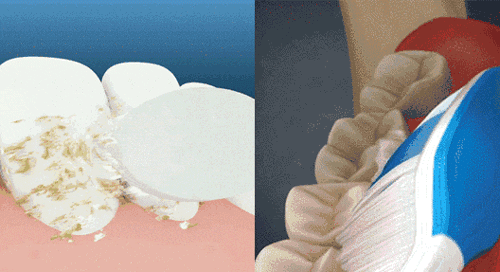
In addition, excessive exercise, bad temper, overeating, forced defecation, smoking and alcoholism, etc., these small details in life can also affect heart health.
8 habits to make the heart stronger
Adhering to 8 good habits in life can effectively reduce the risk of heart disease. Even if you can only develop half of your good habits, it is good for your heart health.
150 minutes of exercise per week
For most people, it is generally recommended to exercise for at least 5 days a week, at least 30 minutes a day, and exercise mainly aerobic exercises such as jogging, walking, and biking. The elderly may wish to practice Tai Chi.
Control your body mass index at 18~25
Being overweight will increase the burden on the heart, may also lead to myocardial hypertrophy, and even cause cardiomyopathy and other consequences, and the earlier obesity occurs, the greater the damage to the heart.
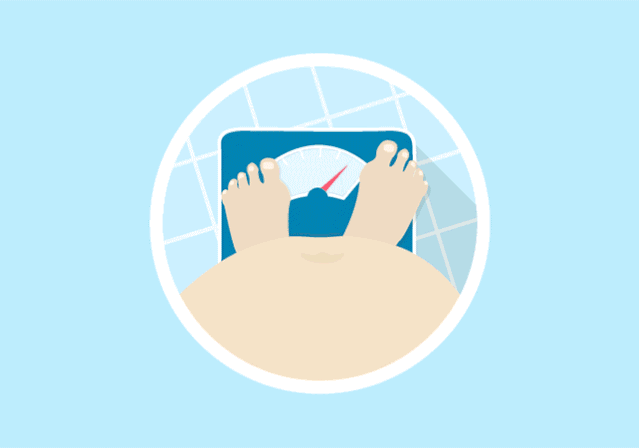
If the overweight situation has not been improved, the heart damage will be more serious. Adult body mass index [BMI=weight (kg)/height (m) square] should be controlled at 18-24.9, 25-29.9 is overweight; more than or equal to 30 is obese.
Quit smoking and drinking
The incidence of cardiovascular disease in smokers is 2 to 3 times that of non-smokers, and care should be taken to stay away from second-hand smoke. The greater the amount of alcohol consumed, the greater the risk of hypertension. An article in the world’s top medical journal The Lancet shows that there is no safe dose of alcohol, and even a little bit of it is harmful.
Eat less processed meat
Processed red meat products such as sausages, bacon, hot dogs, and ham contain more sodium, nitrates, and phosphates. If it is smoked or grilled meat, it will also contain polycyclic aromatic hydrocarbon compounds, which is not good for heart health.
Eat more fruits, vegetables and grains
Spinach, leeks, celery and other vegetables are rich in vitamins and fiber, which help reduce the body’s absorption of cholesterol. Carrots, tomatoes, etc. are rich in carotene, which helps relieve arteriosclerosis.
You should also eat more grains daily, including whole wheat flour, oats, brown rice, barley, corn, buckwheat and millet.
Low-salt diet
Long-term high-salt diet may cause cardiovascular disease.
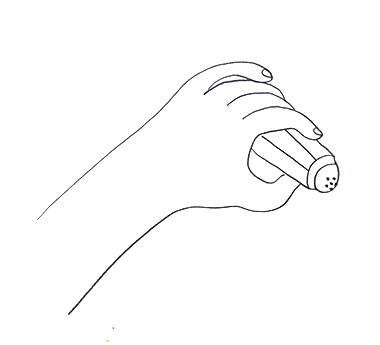
Use less salt and soy sauce when cooking, and try to use spices or other natural condiments instead, such as garlic, ginger, lemongrass, etc. It is recommended that the total salt intake throughout the day is less than or equal to 5 grams.
Regular physical examination
The general population needs to undergo an ECG examination every year. For high-risk groups such as various cardiovascular diseases and family history of sudden cardiac death, it is best to go to the hospital for a comprehensive cardiac examination every year.
Control other diseases
A number of studies have confirmed that high blood pressure, high cholesterol, high blood sugar and diabetes are important risk factors for cardiovascular and cerebrovascular diseases. It is recommended to improve the lifestyle as soon as possible and carry out the corresponding treatment.
Comments